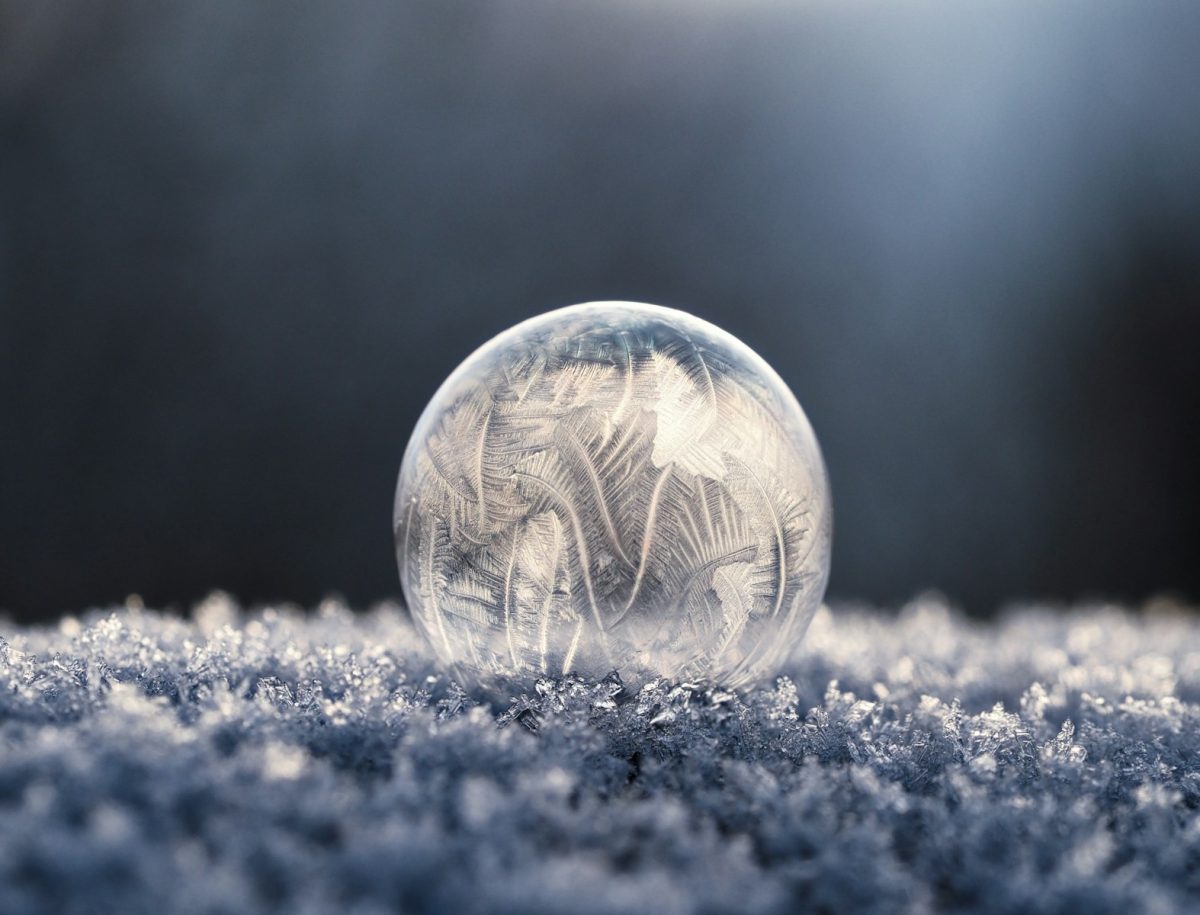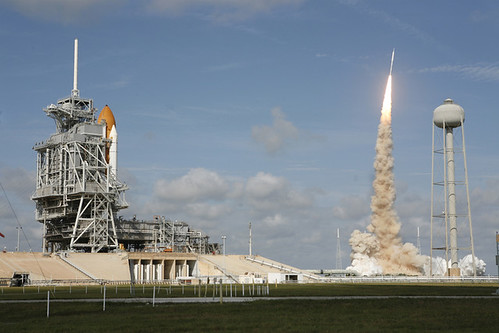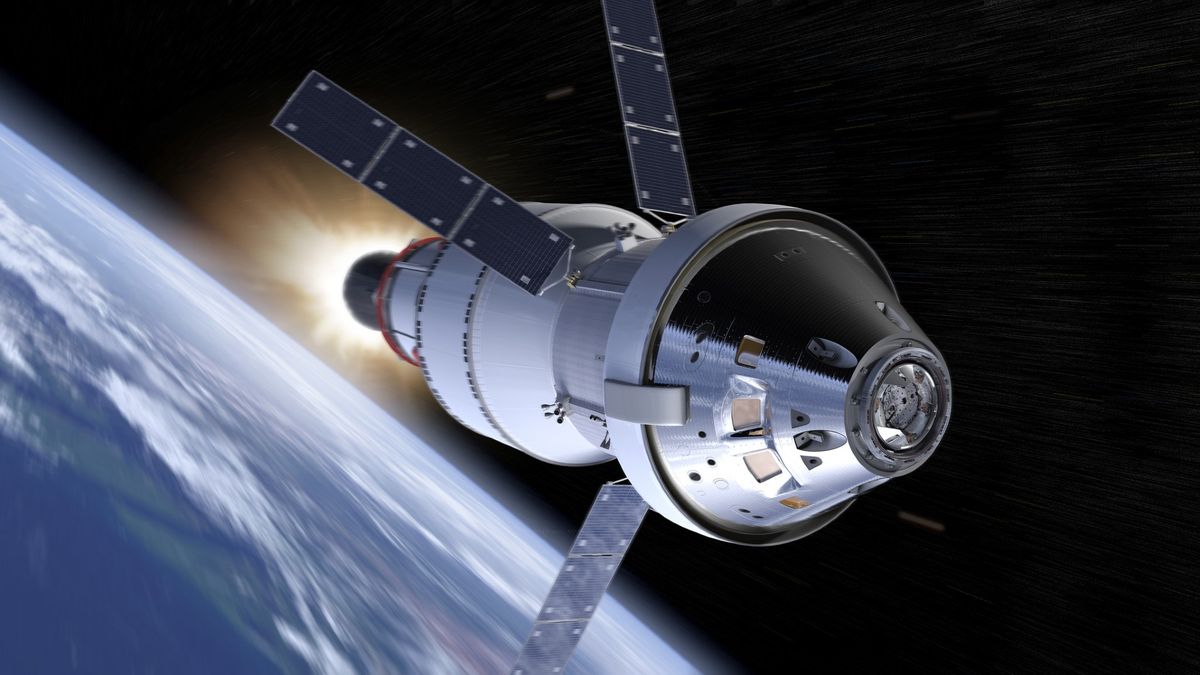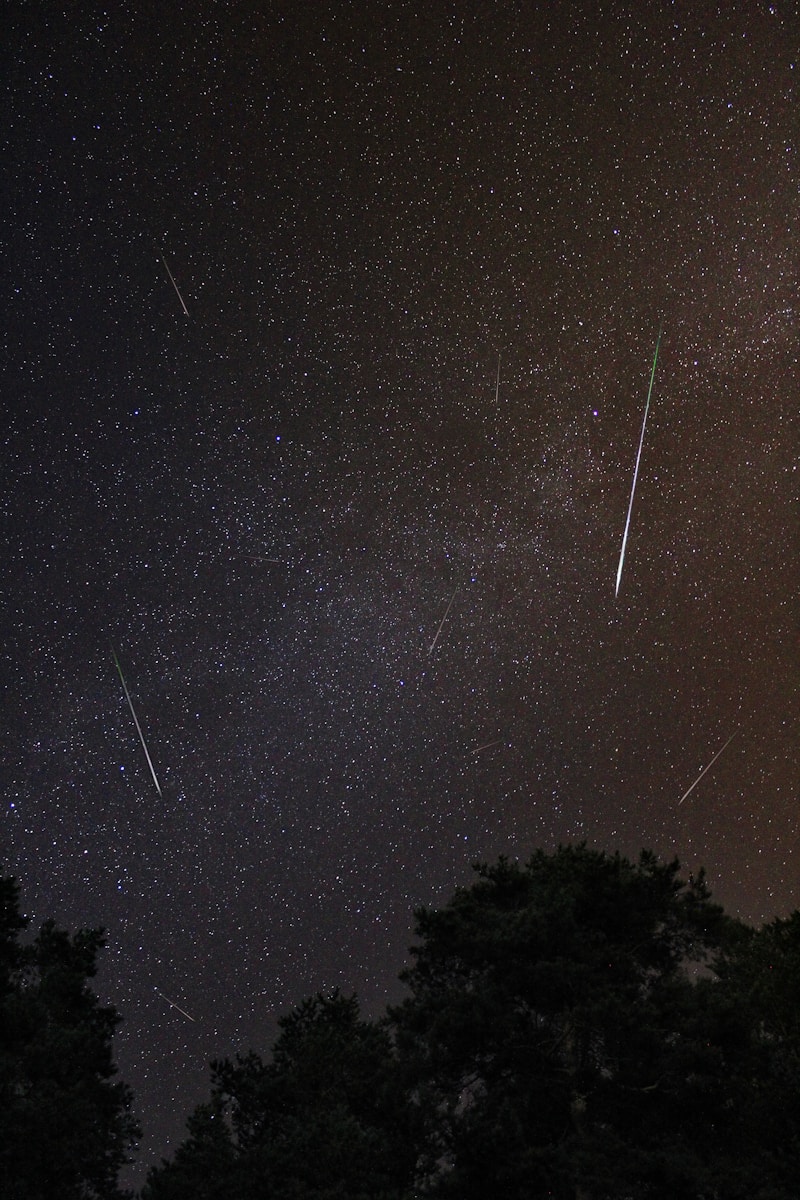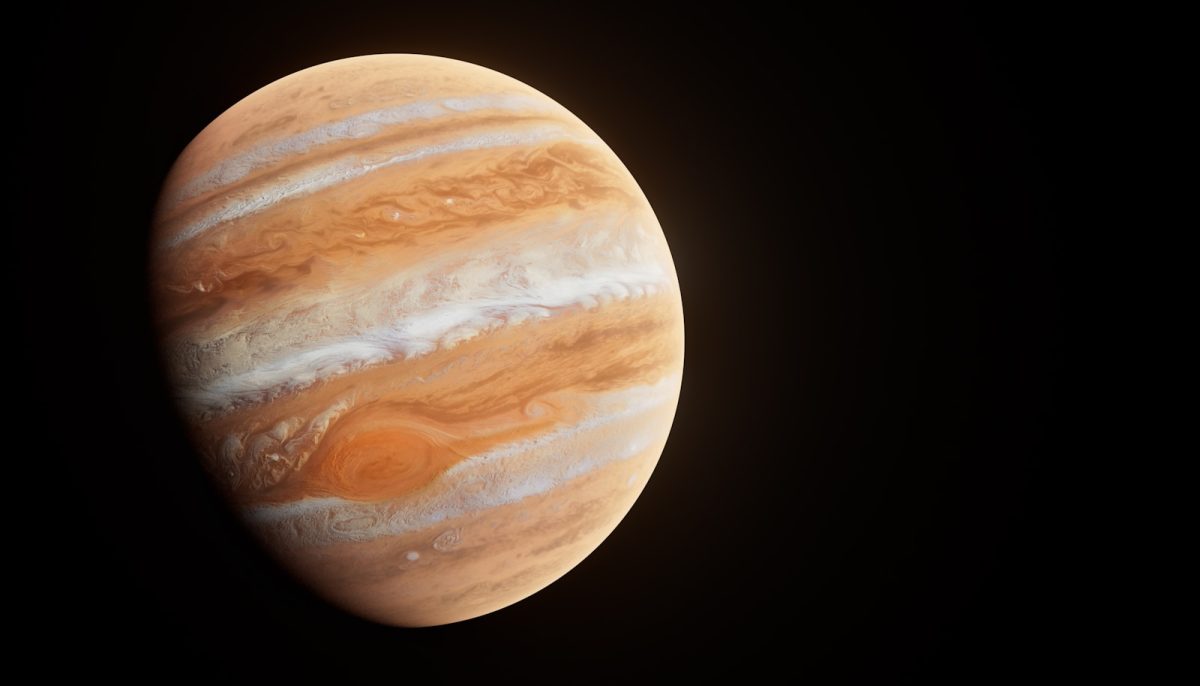A recent study from France found that the chemical basis for life can form in interstellar ice, expanding on a cutting edge area of research into the origins of life. Electrical energy may also have sparked the beginnings of life on Earth billions of years ago. Earth is around 4.5 billion years old, and the oldest direct fossil evidence of ancient life are stromatolites. Stromatolites or microscopic organisms preserved in layers known as microbial mats which were estimated to be about 3.5 billion years old. However, some scientists suspect life originated even earlier, emerging from accumulated organic molecules in primitive bodies of water, a mixture sometimes called primordial soup. But where did that organic material come from in the first place? Researchers proposed that lightning caused chemical reactions in ancient Earth’s oceans and spontaneously produced the organic molecules.
To recreate a scenario that may have produced Earth’s first organic molecules, researchers built upon experiments from 1953 when American chemists Stanley Miller and Harold Urey concocted a gas mixture mimicking the atmosphere of ancient Earth. Miller and Urey combined ammonia, methane, hydrogen and water. They enclosed their “atmosphere” inside a glass sphere and jolted it with electricity, producing simple amino acids containing carbon and nitrogen. The Miller-Urey experiment supported the scientific theory of abiogenesis: that life could emerge from nonliving molecules.
RELATED STORIES
https://phys.org/news/2008-11-life-lump-ice.html
https://www.cnn.com/2025/03/28/science/microlightning-water-droplets-life-on-earth/index.html
TAKE ACTION
https://scitechdaily.com/scientists-discover-potential-interstellar-origins-of-life-on-earth/
